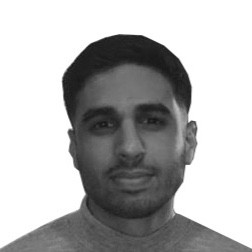Scientists from Nagoya University, in collaboration with Hokkaido University, have successfully imaged valence electrons for the first time, providing insights into the nature of chemical bonding. This experiment was conducted using synchrotron X-ray diffraction at the renowned SPring-8 facility in Japan.
Led by Hiroshi Sawa from Nagoya University, the team’s research was based on the glycine molecule, a simple amino acid. They discovered that the electron cloud around the molecule seemed to be fragmented and discrete rather than the continuous. This observation aligns itself with the quantum mechanical theories that suggest that electrons behave like waves and form nodes; areas where they are absent, during bonding interactions. The results were confirmed through advanced quantum chemical calculations at Hokkaido University.
The visualisation was carried out using the “CDFS method” developed by Sawa’s team. They used this method to create a colour map showing the electron distribution, offering a detailed view of how valence electrons behave during bonding. This discovery seems to challenge previous thoughts and ideas about electron clouds, with potential uses across multiple fields, including drug development and materials science.
The study’s findings, published in the Journal of the American Chemical Society, have already allowed researchers to take a keen interest, particularly in fields that need an understanding of molecular interactions, such as organic semiconductors and DNA structure studies.
SPring-8, the synchrotron facility where the experiment was conducted, is managed by RIKEN, a research institute in Japan that has a reputation for its work in physics and chemistry. The facility allows scientists to perform high resolution X-ray diffraction experiments to observe atomic scale interactions.
Experts have been looking towards the collaboration between Nagoya University and Hokkaido University with praise. The ability to directly observe valence electrons is expected to lead to more accurate predictions in molecular design and help solve long standing questions in material stability and molecular interactions.
As research continues, the team has plans to expand their studies to more complex molecules like cytidine for the future.

Hassan graduated with a Master’s degree in Chemical Engineering from the University of Chester (UK). He currently works as a design engineering consultant for one of the largest engineering firms in the world along with being an associate member of the Institute of Chemical Engineers (IChemE).



